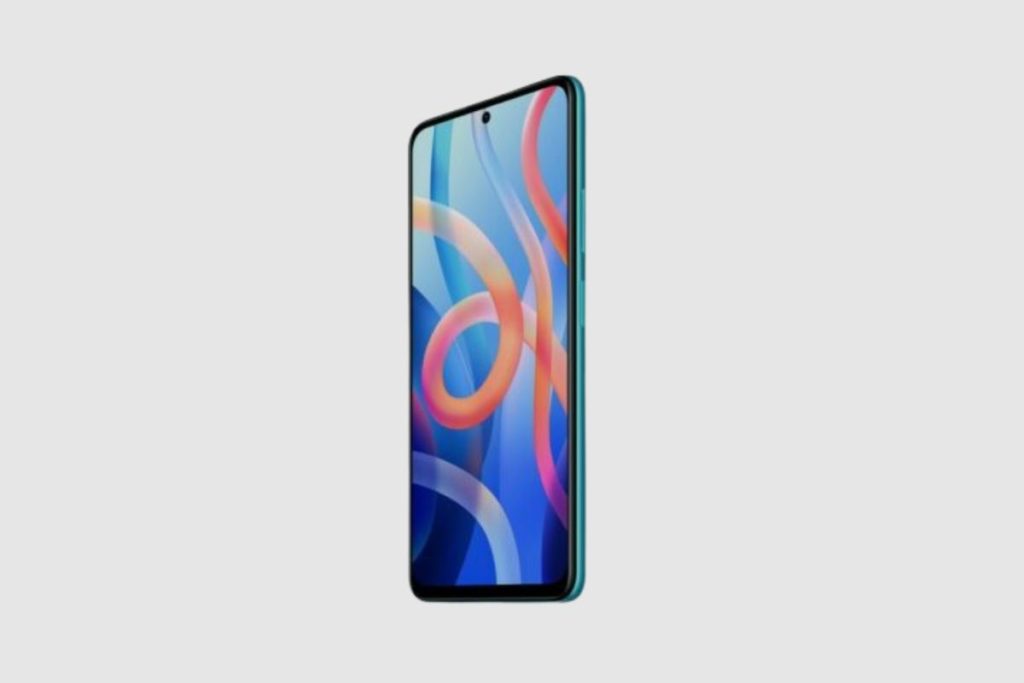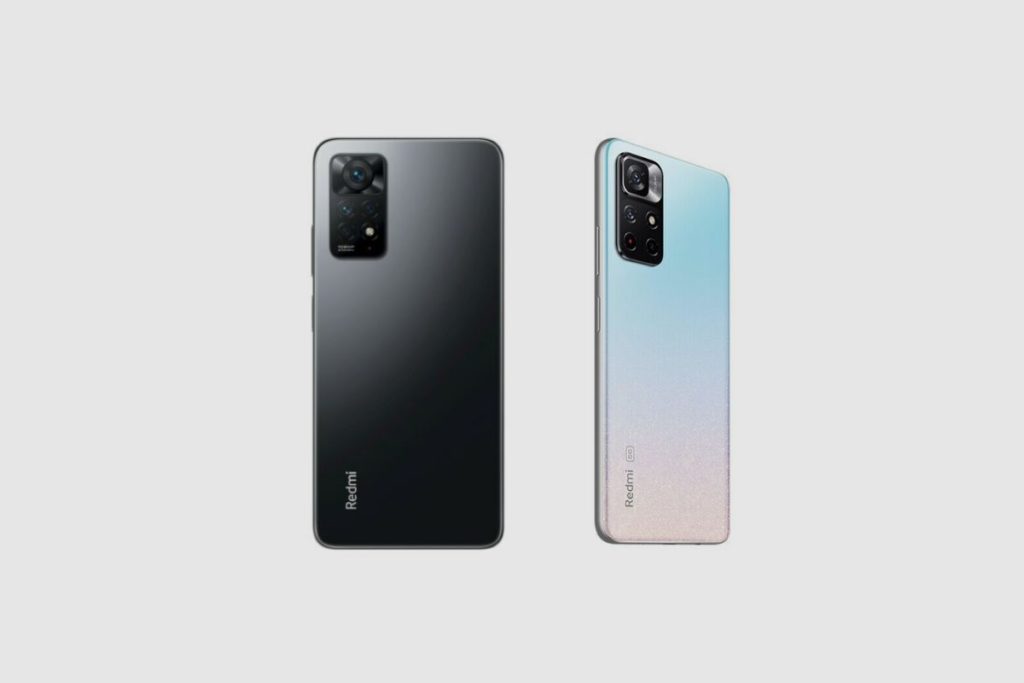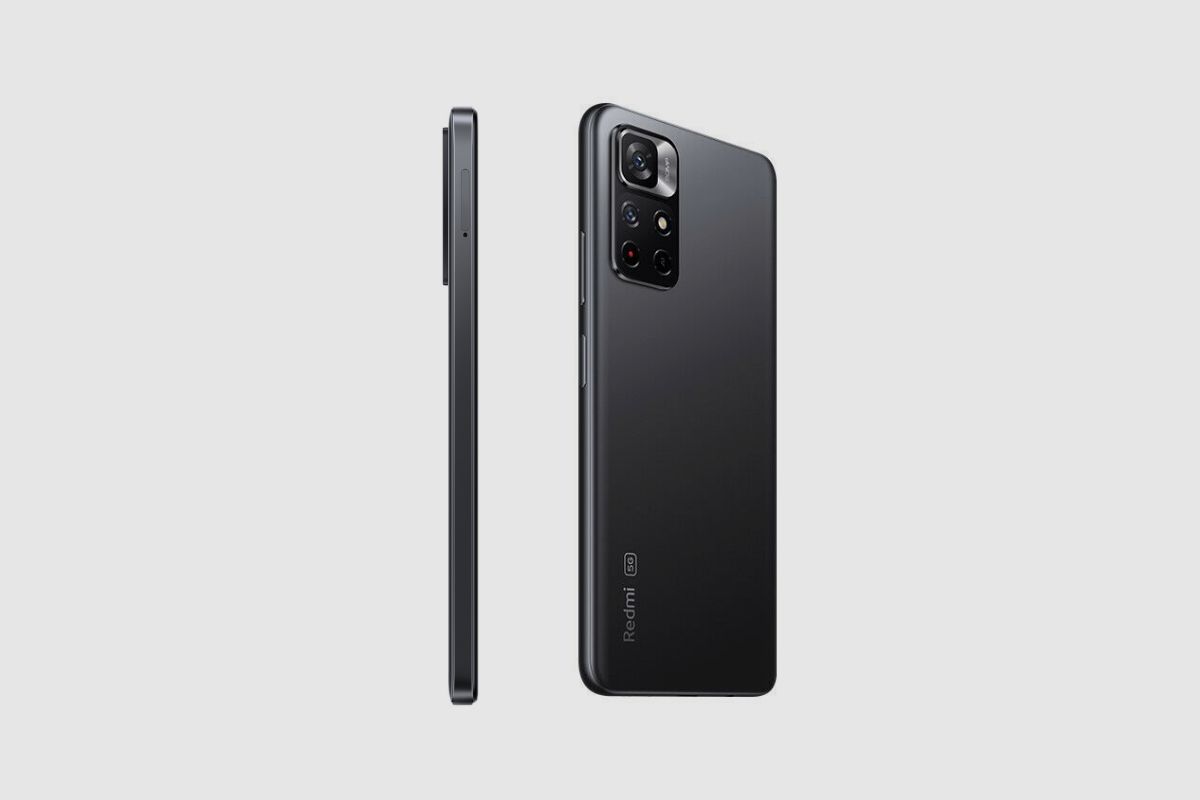Without a doubt, the camera and sound quality of a phone are vital features to consider before buying a phone. The Redmi Note 11 by Xiaomi is a budget-friendly smartphone with an appealing design, strong build, astonishing screen and long-lasting battery life. The Redmi Note 11 comes with just a few notable upgrades over its predecessors.
Considering that the Redmi Note 11 camera is a mid-range smartphone, it is not the best phone for photography, but it still gives out clear and detailed shots that can be used for social media. This phone also comes with powerful dual speakers that guarantee users of an immersive listening experience when making or receiving calls, listening to music or watching videos.
- The camera quality of the Xiaomi Redmi Note 11
- Front Camera
- Rear Camera
- How does the Xiaomi Redmi Note 11 camera compare to other smartphones?
- The sound quality of the Xiaomi Redmi Note 11
- Sound specs
- How does the Xiaomi Redmi Note 11 Sound quality compare to other smartphones?
- Conclusion
- Image Gallery – Xiaomi Redmi Note 11 Camera and Sound Quality
Related Post: Xiaomi Redmi Note 11 Review.

The camera quality of the Xiaomi Redmi Note 11
Note 11 comes with a minimal standard budget camera built for its use. It presents a 50MP main camera at the back alongside a simple PDAF, with an 8MP ultrawide, 2MP macro and 2MP depth camera. You will find a 13MP selfie on the front. These cameras come with a fixed focus and no other extra features.
One major downside of the camera is the 1080p video capture limit of the Redmi Note 11 because of the ISP on the Snapdragon 680 chipset.
The 50MP primary camera is made up of the Samsung S5KJN1 sensor (1/2.76 size and 0.64 um individual pixels) – a quite popular unit found on a few other devices such as the Xiaomi Redmi 10 and Realme 8i, amongst others. This hardware is good, but it doesn’t give a realistic real-world quality. It comes in a Quad-Bayer unit and outputs stills in 12.5MP by default.
It provides basic face detection autofocus, the absence of OIS while on a 26 mm, f/1.8 lens behind the Redmi Note 11.
The 8MP ultrawide camera functions with a Galaxy core GC08A3 sensor (1/4″ size and 1.12um individual pixels). It is placed at a 118-degree, f/2.2 lens and has a fixed focus.
The 2MP macro camera works with a Galaxycore GC02M1 sensor ( 1/5″ size and 1.75um individual pixels at the back of an f/2.4 lens. The 2MP depth sensor is an Omnivision Ov02B1B (1/5″ size and 1.7um individual pixels) with similar characteristics and at the back of an f/2.4 lens.
The 13MP selfie camera is not one to be excited about. This is because of the Samsung S5K3L6 sensor (1/3.1″ size and 1.12um individual pixels) with a dark f/2.4 lens. It doesn’t have autofocus.
Front Camera
The 13MP selfie camera offers precise shots with great details. Even with the fixed focus, it is still able to present selfies in natural colours. Here, you might want to have the HDR set to auto because having it disabled might give the background a horrible exposure. But, it affects a proper selfie camera. This keeps the standard quality of regular selfies, with good subject detection and separation but still not absolute.
The issue is that HDR is not present for selfie portraits, and this makes it unable to ease what is causing the background to be overexposure and aggressive clip.
Rear Camera
The Rear camera takes 12.5MP stills by default. The looks are great for an affordable smartphone but are not one to brag about. The colours are good, and it presents true-to-life imagery, with a quality amount of detail in every snap. This camera has every tendency to underexpose a little and give out darker shots.
On the Redmi Note 11, there is an AI mode switch, which enables automatic scene detection with the accurate changing icon. It keeps offering improved shots by saturating the colours and boosting contrast based on backgrounds – skies, greenery, and buildings. Also, it can choose to hide some noise which could be your choice, while the AI is disabled by default.
The rear camera can take a nice portrait shot as the subject detection and separation are almost absolute. It has an artificial bokeh which is cool as well. Detail is given nicely, with barely little noise to speak of. This portrait mode also works well on non-human subjects.
The portraits have a limited dynamic range of the rear camera itself, and it has the tendency to underexpose, which constantly covers details in the shadows.
In low light, the rear camera takes shots that come in handy but are not so clear. For a budget device, it comes with a laid-back noise suppression which moves past plenty of noise while still giving details in the process. The colours are okay with true-to-life imagery.
Dynamic range is bad, and contrast is not so great. The night mode on the Redmi Note 11 is not worthwhile.

How does the Xiaomi Redmi Note 11 camera compare to other smartphones?
The Redmi Note 11 is equipped with a quad-lens rear camera made up of a 50MP (f/1.8) primary wide lens camera, an 8MP (f/2.2) ultrawide lens camera, a 2MP (f/2.4) macro lens camera, and a 2MP (f/2.4) depth lens camera alongside a single 13MP wide lens for the selfie camera.
For video capture, the performance of the Redmi Note 11 is minimal. This is because of the absence of an ISP inside the Snapdragon 680. This smartphone can capture video at either 1080p@30fp or 720p@30fps on both its rear and ultrawide cameras with its selfie as well. There is no 4k or even a 60fps mode, which is not nice.
In comparison to other smartphones, the Redmi Note 11 comes packed with a nice camera setup for a phone in its price range. It also offers plenty of functionality with its various shooting modes and choice of lenses. This smartphone’s camera may not be on par with other smartphones, but it does a decent job.
The sound quality of the Xiaomi Redmi Note 11
This smartphone’s sound quality is one of its stand-out features. The Redmi Note 11 comes with dual stereo speakers that produce a loud and clear sound. There is a driver at the bottom of the phone and another that produces sound out of the top alongside a thin band above the screen.
In the lineup of the best stereos, the dual speakers sound roughly as solid as each other. The bottom speaker is notably more classy than the top one. But both pairs still give you a proper stereo effect and a solid output that can pull through a reasonable amount of ambient sound.
The Redmi Note 11 has its speakers as one of its strengths, and it does not fall too far behind in the sound it produces or delivers.
Sound specs
For sound, the Redmi Note 11 has the following specifications:
- Loudspeaker: stereo speakers
- 3.5 mm Jack
- 24-bit/192kHz audio

How does the Xiaomi Redmi Note 11 Sound quality compare to other smartphones?
The Redmi Note 11 comes with a standard mini jack socket, which enables you to use the device with most headphones. The dual stereo speakers it comes with delivering sound from independent channels on both left and right sides, producing a richer sound and a better audio experience. It comes with secondary noise cancellation microphones, as well as carrier aggregation support.
The sound quality of Note 11 is definitely an astonishing feature, as it has its quality in check while offering booming bass and rich audio.
Conclusion
In conclusion, the Redmi Note 11 camera and sound quality are great for a budget-friendly phone. The rear and the front camera offer decent shots with accurate details that can pass for basic use. The sound quality is good, and with the dual stereo speakers, quality sound is produced to offer an immersive audio experience.
Overall, this smartphone’s camera is not an excellent one, but despite its downsides, it provides detailed images with natural colours. The sound quality is decent, and with its noise suppression, you will get clear and detailed sound.
Image Gallery – Xiaomi Redmi Note 11 Camera and Sound Quality




References:









